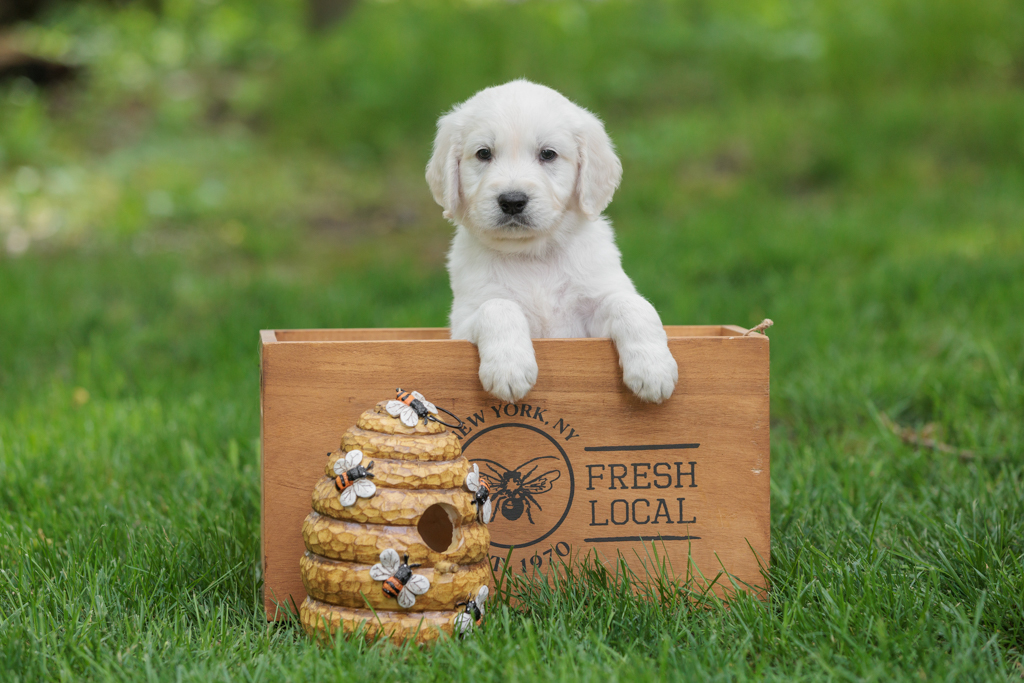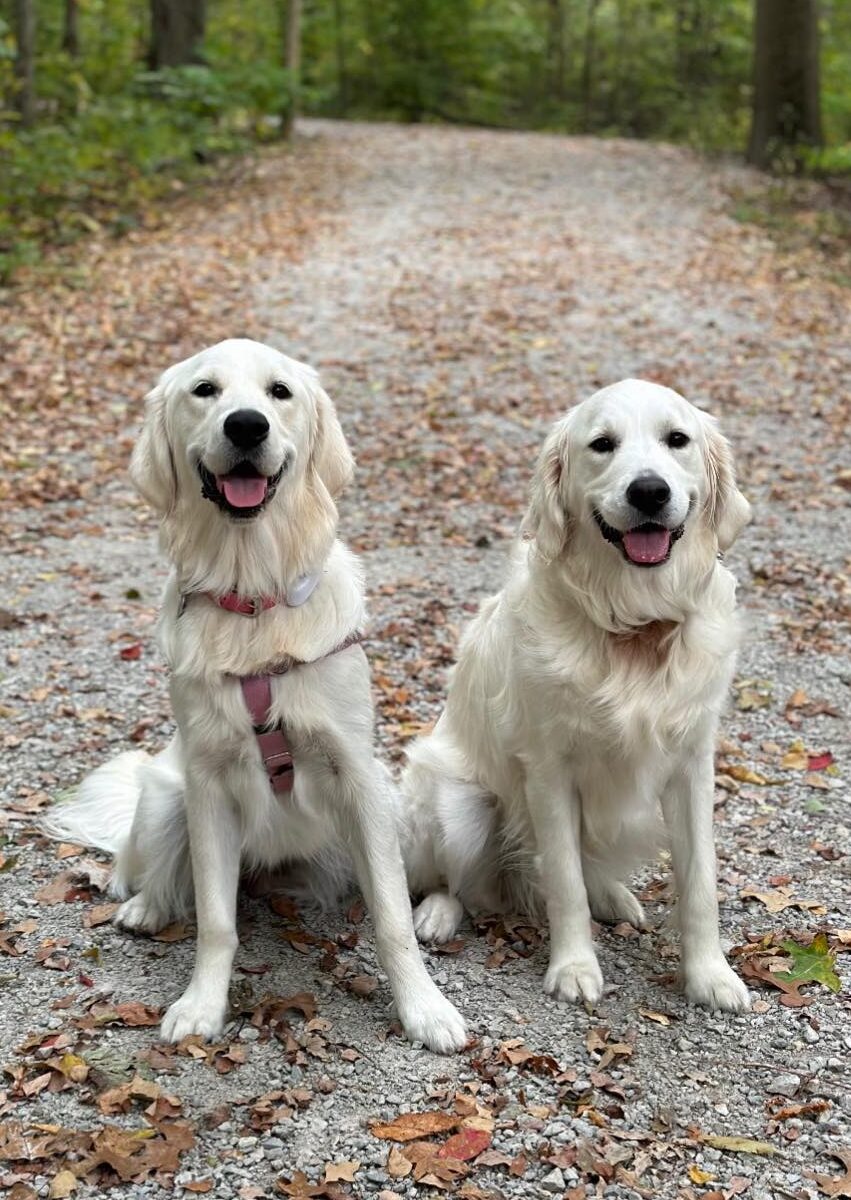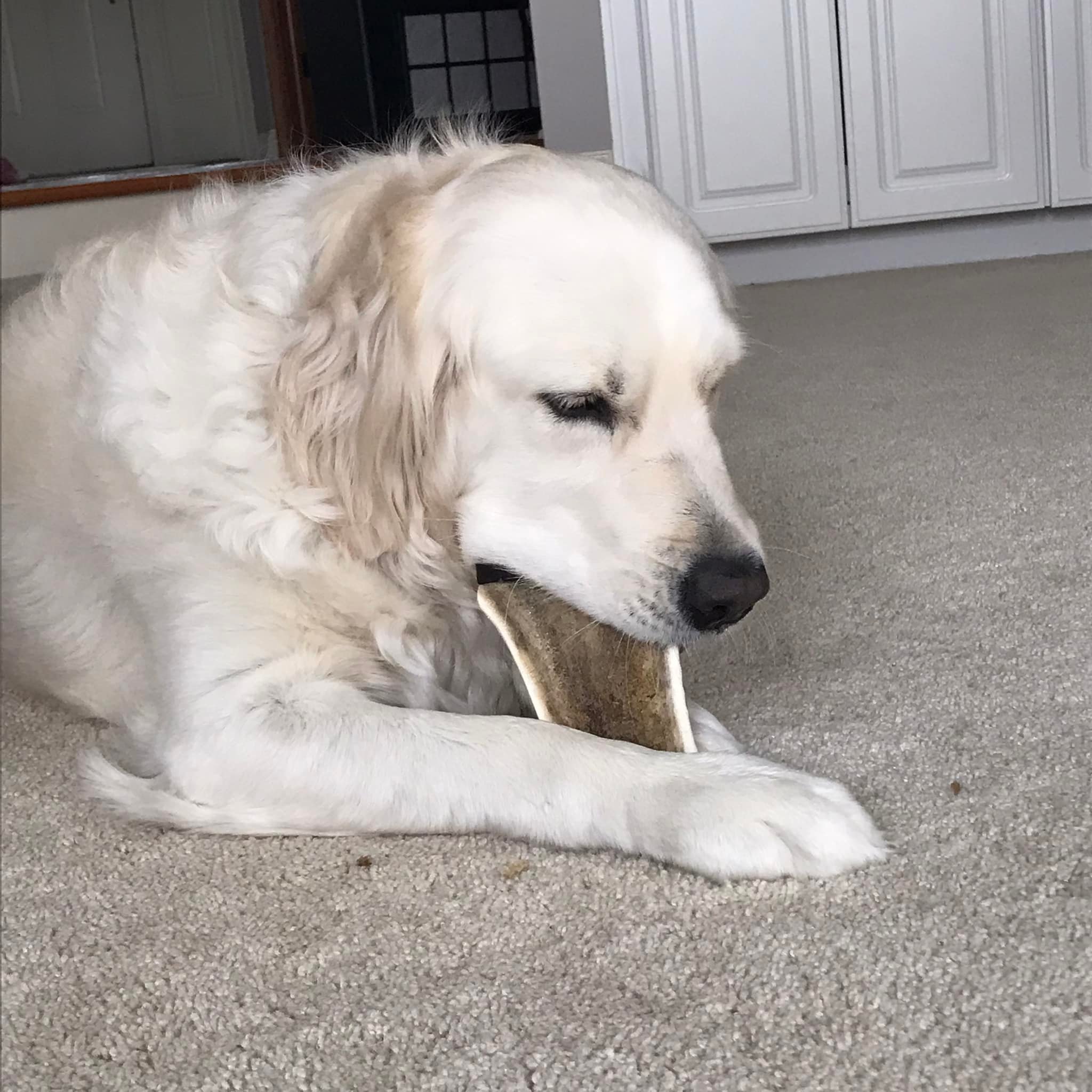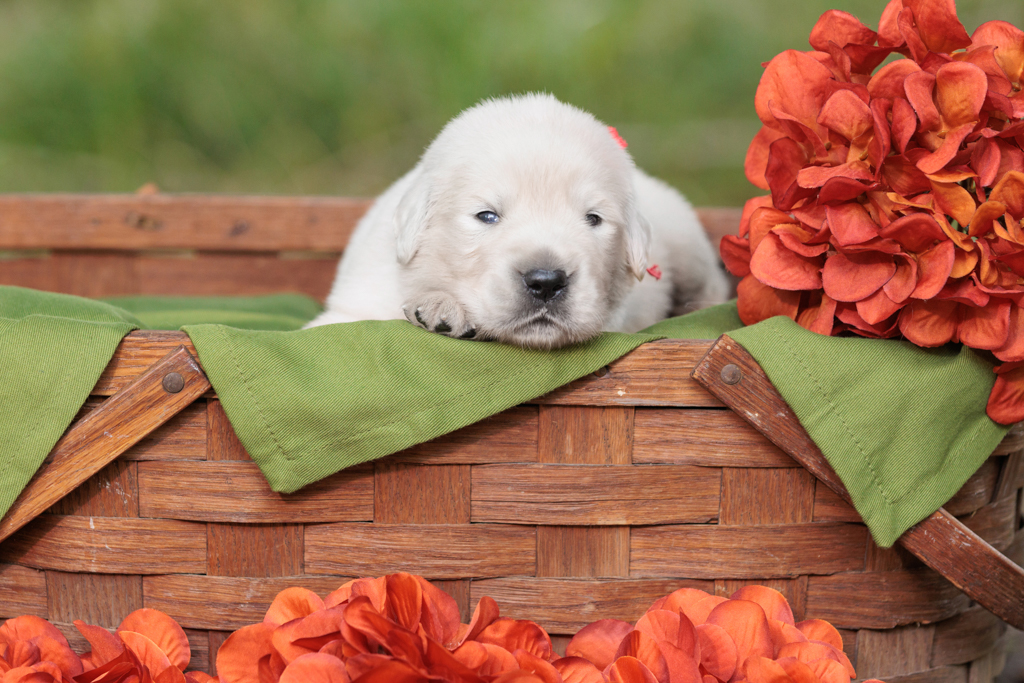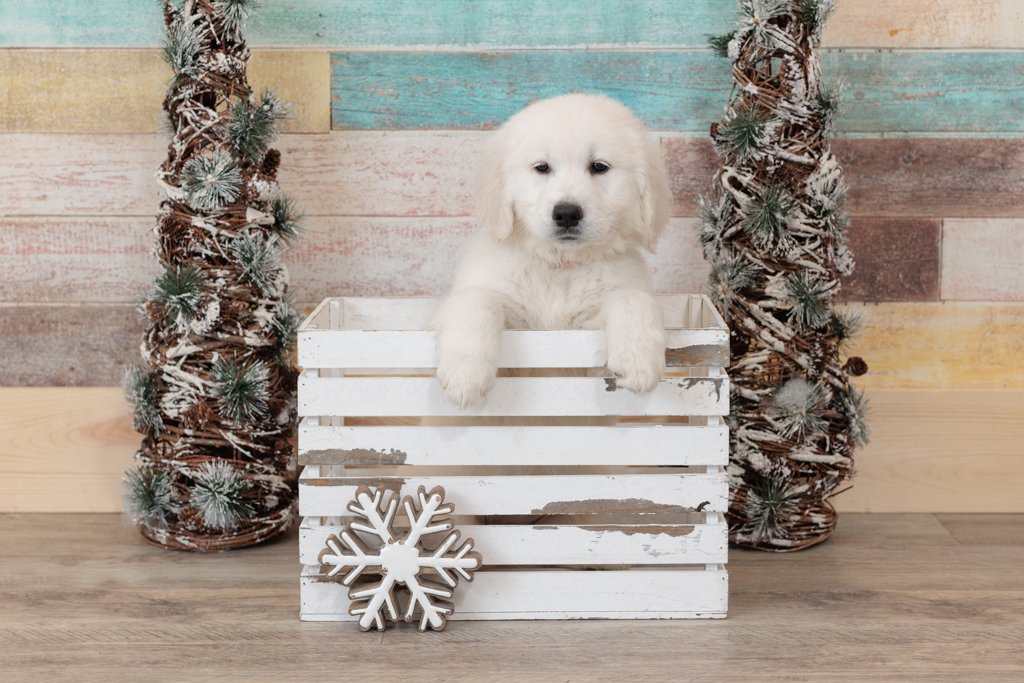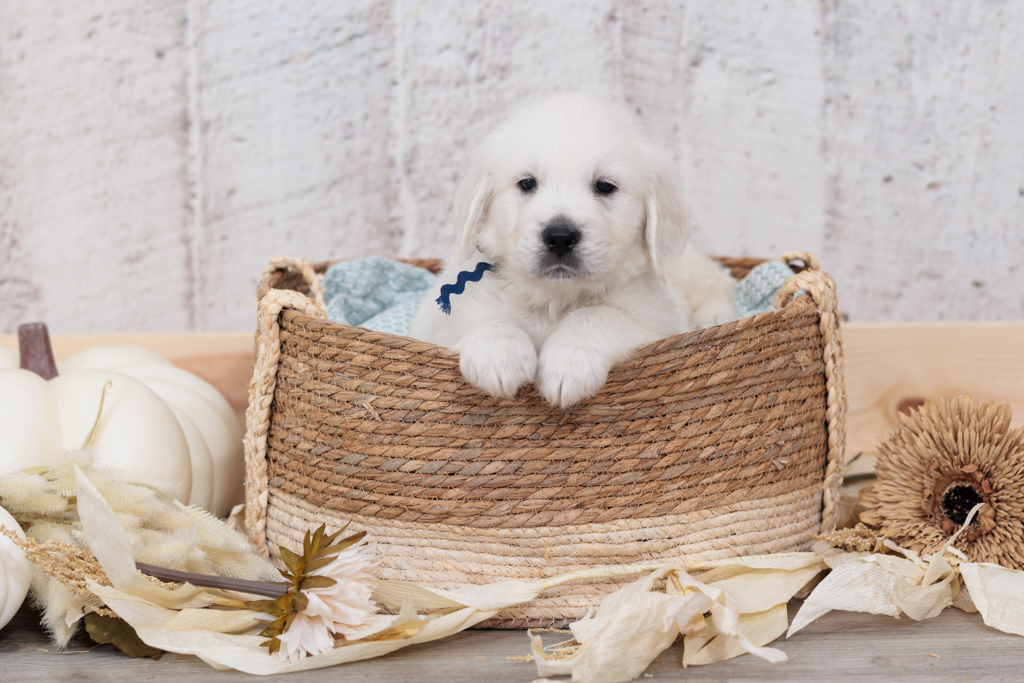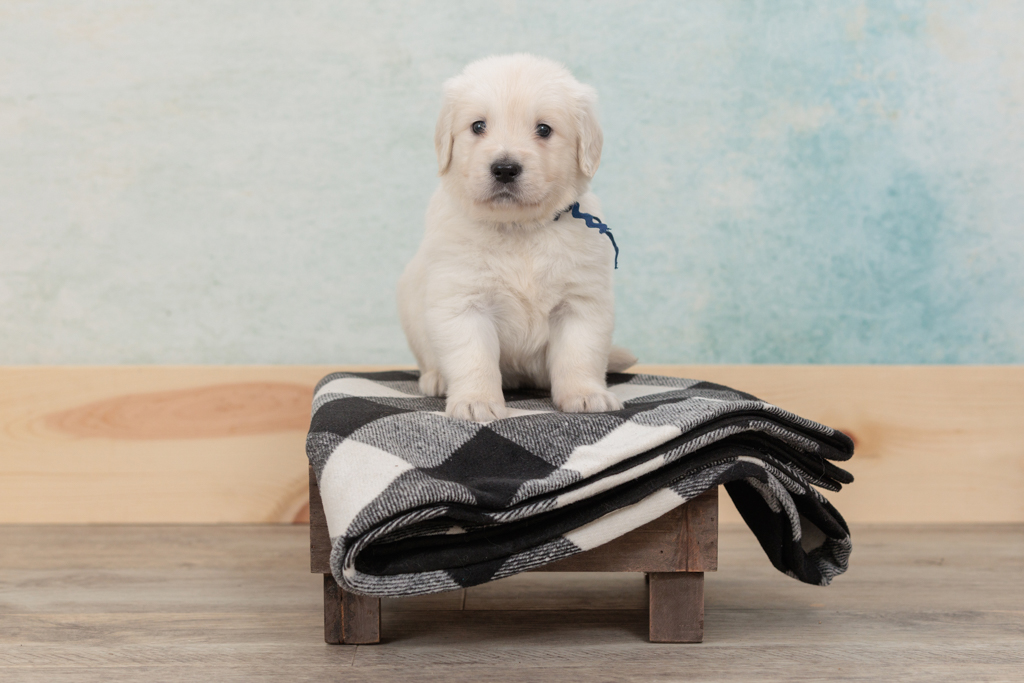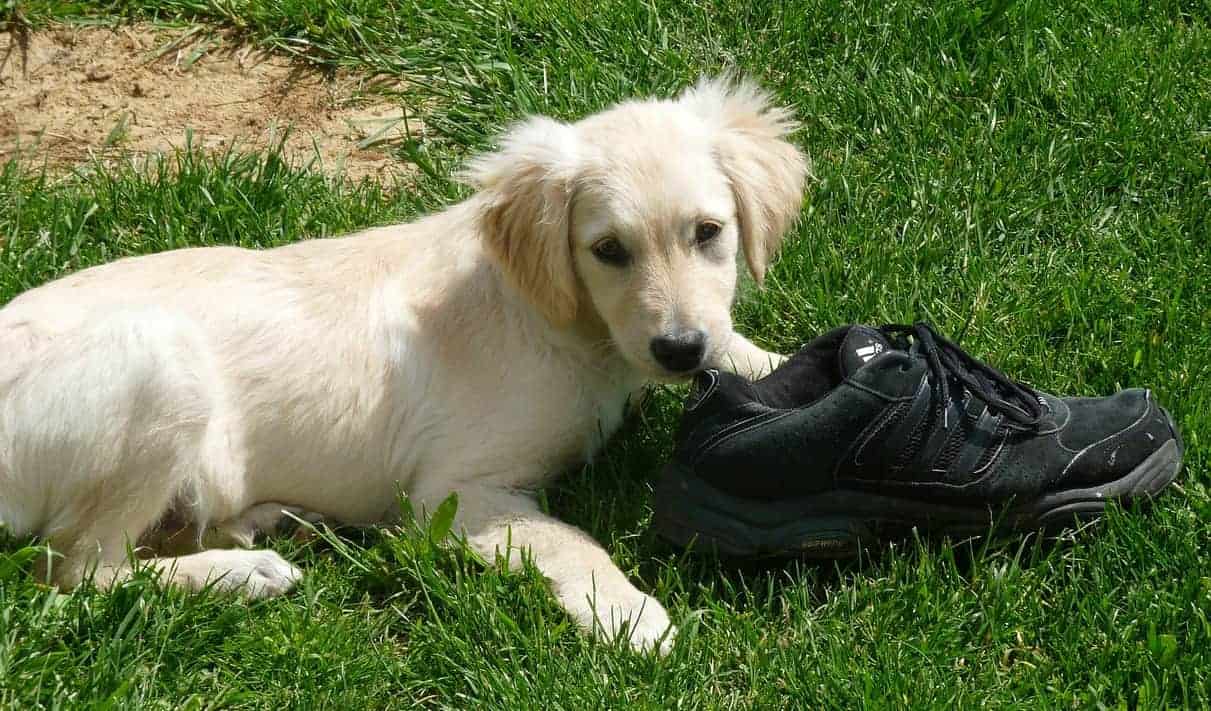Bringing home a new puppy can be an exciting experience for any family. However, it can also be overwhelming and stressful, especially if you are a first-time puppy owner. One breed that has gained popularity in recent years is the English Cream Golden Retriever.
These puppies are known for their friendly and affectionate nature, making them a popular choice for families with children. If you are considering bringing an English Cream Golden Retriever puppy home, here’s what you need to know.
Choosing the Right Breeder
When bringing home an English Cream Golden Retriever puppy, it is important to choose a reputable breeder. Do your research and find a breeder that is knowledgeable in the breed and has a good reputation. Ask for references from previous puppy buyers and check out any reviews online. Make sure the breeder is focused on the health and well-being of the puppies and not just focused on making a profit. It is also important to ask to see the puppy’s parents and ask about their health history.
Preparing Your Home
Before bringing your puppy home, make sure your home is prepared. Puppies are curious and like to explore, so it is important to puppy-proof your home. Remove any hazardous items that could be a choking hazard or toxic, such as electrical cords and plants. Make sure to use baby gates or barriers to keep your puppy away from any areas you don’t want him to access. Also, provide your puppy with a safe and comfortable place to sleep.
Introducing Your Puppy to Your Home
When you bring your puppy home for the first time, it is important to take things slow. Give your puppy time to adjust to his new environment and let him explore without being overwhelmed. Let him get used to the sights and smells of your home. Make sure to introduce him to all family members and other pets in a calm and relaxed manner. Give him plenty of love and attention, and allow him to get comfortable with his new home.
Training and Socialization
Training and socialization are essential for any puppy, but especially for an English Cream Golden Retriever. These puppies are known for their friendly and affectionate personalities, so it’s important to start training and socialization as soon as possible. Start by introducing your puppy to new people, places, and animals.
This will help your puppy get used to different environments and help him learn how to interact with other people and animals. You can also start basic obedience training such as sit, stay, come, and recall. Positive reinforcement is the key to successful training, so make sure to reward your puppy with treats and praise when he does something right.
Socialization is also important for your puppy’s development. Take your puppy to dog parks, pet stores, and obedience classes so he can get used to different environments and people. This will help him learn how to interact in different scenarios and help him become a well-rounded and socialized dog.
Feeding and Exercise
Feeding and exercise are important for any puppy, but especially for an English Cream Golden Retriever. These puppies are known for their high energy levels, so it’s important to provide them with the right nutrition and exercise. Feed your puppy high-quality, nutritious food that is specifically made for puppies. Make sure to provide your puppy with plenty of fresh, clean water throughout the day.
Exercise is also essential for your puppy’s development. English Cream Golden Retrievers are active dogs, so they need plenty of exercise to stay healthy and happy. Take your puppy on regular walks, play fetch, and provide him with interactive toys. This will help keep your puppy mentally and physically stimulated and help him develop properly.
Health and Wellness
Before you bring your puppy home, it is important to ensure they are healthy and up to date on its vaccinations. Ask your breeder for a copy of the puppy’s health records, and ensure they have been checked by a veterinarian. If you are adopting from a shelter, ensure the puppy has been spayed or neutered and vaccinated against common illnesses.
Once you bring your puppy home, create a routine for them. Make sure they are fed the same food at the same time every day, and that they have regular potty breaks. Make sure they get enough exercise and playtime, as this helps keep them healthy and happy. Take your puppy to the vet for regular check-ups, and ensure they are up to date on their vaccinations.
Bonding With Your Puppy
After you bring your puppy home, take the time to bond with them. This will help create a strong relationship and set the foundation for a lifetime of affection and companionship. Spend time with your puppy daily, playing, walking, and cuddling. Give them plenty of love and attention, and be patient with them as they learn the house rules.
When training your puppy, use positive reinforcement such as treats and praise. Avoid negative reinforcement such as yelling or hitting, as this can cause your puppy to be fearful and could negatively impact their behaviour. Take the time to teach them basic commands such as sit, stay, and come, and be consistent with your rules.
What NOT to Do
When bringing your English Cream Golden Retriever puppy home, there are some important things to avoid. One of the main things to keep in mind is to never leave your puppy alone for long periods. This can lead to separation anxiety, which can cause destructive behaviors and stress.
It’s also important to avoid overfeeding your puppy. While it’s important to provide them with a balanced, nutritional diet, it’s important to feed them the right amount. Overfeeding can lead to obesity and other health issues, so make sure to follow the feeding guidelines provided by your vet.
Additionally, it’s important to avoid harsh punishments and to never hit your puppy. If they’re misbehaving, use positive reinforcement such as verbal commands and treats to encourage good behavior. Harsh punishments can cause fear and anxiety, and may lead to more behavioral issues in the future.
Finally, avoid spoiling your puppy too much. While it’s important to give them plenty of love and affection, you don’t want to create a spoiled pup. This can lead to behavioral issues such as disobedience and aggression. Instead, provide your puppy with appropriate amounts of love, attention, and treats.
Conclusion
Bringing an English Cream Golden Retriever puppy home can be a fulfilling and rewarding experience. With proper preparation, training, and care, you can provide your new puppy with a happy and healthy life. Remember to choose a reputable breeder, puppy-proof your home, establish a routine, and provide your puppy with plenty of exercise and socialization. With time and patience, your new puppy will become a beloved and cherished member of your family.
Majestic Manor Goldens is a family-run breeding business proudly raising healthy, great-tempered English cream retrievers. We ensure dog lovers can get a pet they will shower with years of love and give them licks and loyalty as long as they live. Visit our website today to learn more about getting a golden retriever through our English cream retriever breeders.
